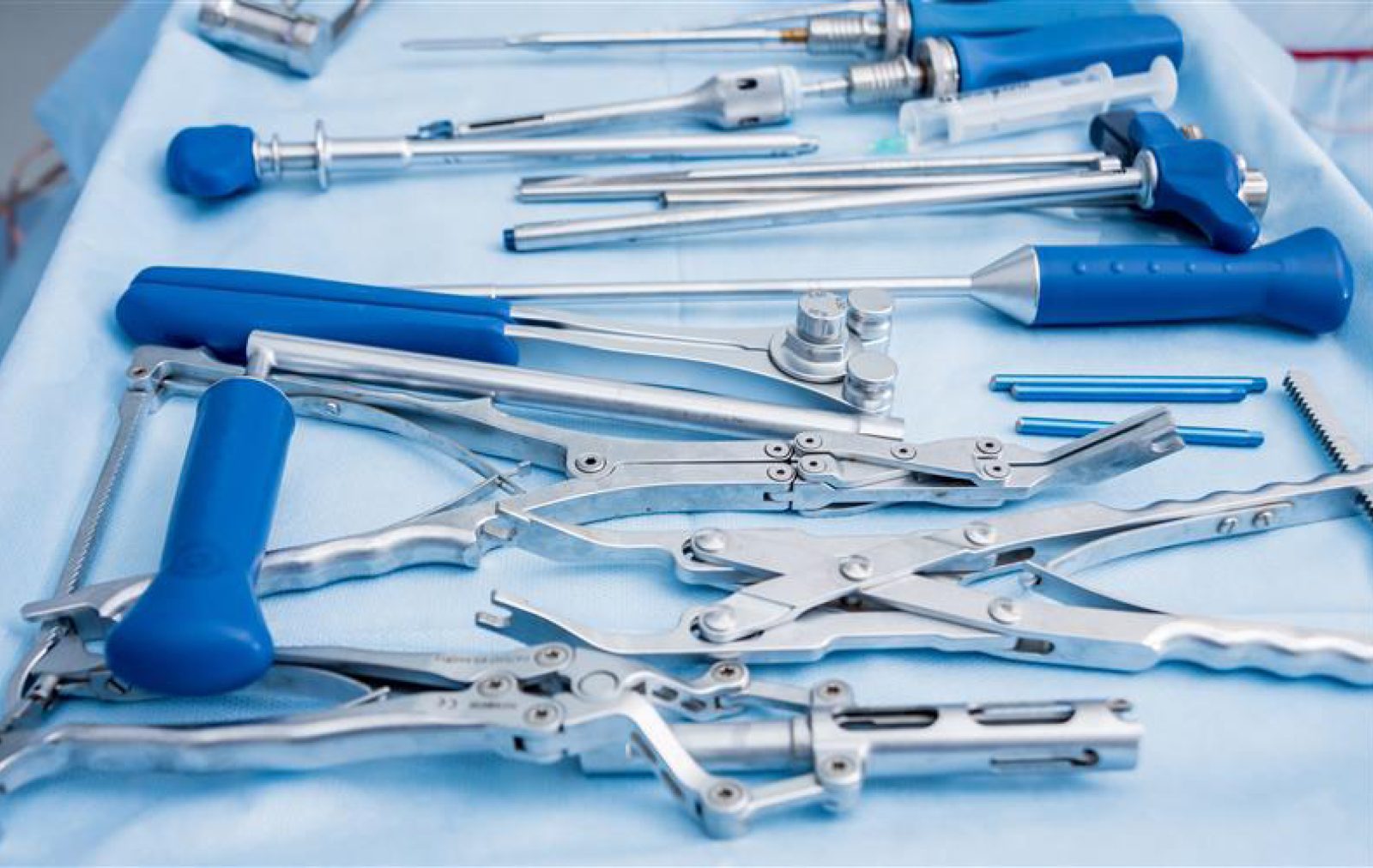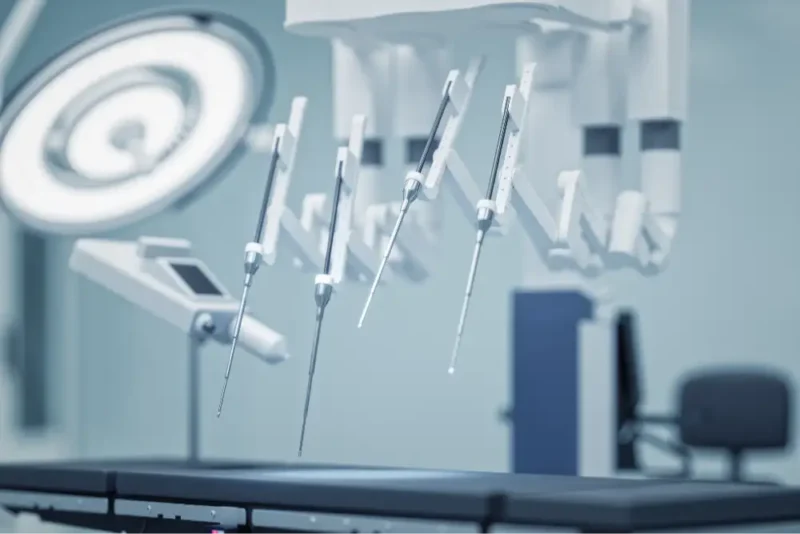For organizations in the medical device industry, ISO 13485 sets the gold standard for quality control. This certification is designed to ensure every element of the medical device manufacturing process, from the metals used for medical devices to the final product, are made in a controlled, safe, and well-documented environment for the best possible outcome.
Read on to learn all about ISO 13485, its key requirements, why it matters, and how to get certified.
What Is ISO 13485?
ISO 13485 is a standard of requirements for medical device quality management systems. It covers obligations surrounding the design, manufacturing, installation, and servicing of all medical devices and their related services. ISO 13485 and all other ISO standards are reviewed every five years to remain up to date on the latest technologies, regulatory requirements, and quality management system practices.
ISO 13485 Certification
An organization that is ISO 13485 certified has demonstrated that their process, medical devices, and services meet this standard. ISO 13485 and all other ISO certifications are completed by an independent body, rather than ISO, to ensure all obligations are being met.
Key Requirements of ISO 13485
The ISO 13485 certification verifies that an organization meets all key requirements of ISO 13485. Read on to learn the specifics of this international standard.
Quality Management System (QMS)
A quality management system (QMS) is central to ISO 13485. This is a set of detailed policies and procedures that outline how an organization operates. To be certified, all policies and procedures outlined should meet ISO 13485 requirements.
Documentation and Record Keeping
Once a quality management system is developed, ISO 13485 requires that it is well-documented. Organizations need to create a quality manual, a handbook that details how the quality management system operates, including all necessary procedures and processes.
In addition to process documentation, organizations also need to maintain detailed records to ensure that these processes are being followed. These records serve as evidence that an organization hasn’t just developed a process that meets standards, but operates according to that process.
Risk Management
ISO 13485 also requires that risk management processes be built into the QMS framework. At each point, organizations need to consider the potential risks involved and develop processes that minimize those risks as much as possible.
Management Responsibility
Included in ISO 13485’s key requirements is the responsibility of management in overseeing the QMS. Management is required to not only set the strategic direction of the QMS, but also to regularly review it and improve it as needed.
Resource Management
To meet ISO 13485 certification requirements, organizations must also provide the resources needed to implement, maintain, and improve the QMS. This includes required manpower, workspace, equipment, utilities, and all other elements needed to carry out the processes included in the QMS.
Product Realization
This key ISO 13485 requirement pertains to the product life cycle, from planning to delivery. At each step of the life cycle, organizations need to meet standards in terms of cleanliness, traceability, risk management, and more.
Measurement, Analysis, and Improvement
The final requirement of ISO 13485 pertains to the process of constantly refining the QMS. Organizations must put processes in place that measure its effectiveness, analyze its performance, and make changes to improve it.
Why ISO 13485 Matters for Medical Device Manufacturers
ISO 13485 offers a range of benefits for medical device manufacturers in regards to their internal processes, compliance, and the organization’s success:
- Ensures product safety: At the core of ISO 13485 is the development of a quality management system that ensures products are developed safely and consistently each and every time.
- Promote continuous improvement: Once a QMS is developed, ISO 13485 requires that it be constantly analyzed and improved. This fosters a proactive approach to product and process refinement.
- Enhances reputation: Each element of ISO 13485 is designed to create products and processes that aren’t just better for the organization, but for the customer, too. ISO 13485 builds trust and improves reputation, giving organizations a leg up over the competition.
- Ensures compliance with regulatory standards: The standards set in ISO 13485 also meet the standards of several regulatory requirements, including the FDA QSR and EU MDR. By following a single standard, organizations can meet a range of national and international regulations.
Steps to Achieve ISO 13485 Certification
Interested in undergoing the ISO 13485 certification? Here’s what to expect:
- Develop a QMS: First, you’ll need to develop a quality management system that meets all ISO 13485 requirements. Be sure to provide thorough documentation.
- Conduct an audit: Once your system is in place, perform your own internal review of your process, documentation, record keeping, and more. Look for areas where you may not be in full compliance. Then, adjust your QMS to close those gaps.
- Choose a certifying body: All ISO 13485 certification is done by independent certifying bodies. When selecting a certification body, they must be accredited by ANAG, UKAS, IAF, or another accreditor. It’s also a good idea to read reviews and testimonials from past clients.
- Apply for certification: Once you’ve applied for an ISO 13485 certification, the certifying body will conduct an audit of your QMS in two stages: documentation review and an on-site audit. If they identify any areas for improvement, you’ll need to correct those mistakes and get re-audited.
- Repeat every three years: Your ISO 13485 certification is valid for three years from the certification date. To remain certified, you’ll need to undergo a recertification process every three years.
Source Your Materials from an ISO 13485 Certified Supplier
Compliance with ISO 13485 matters at every step of the medical device manufacturing process, and that includes the raw materials you source. When you buy metals from an ISO 13485 certified supplier, you can manufacture with confidence knowing each component of your device is up to standard.
At Fry Steel, we’re proud to be ISO 13485 certified in the wholesale distribution and processing of stainless steel, nickel alloy, and other specialty metals in support of the medical device industry. Enhance your compliance with Fry Steel.






